looking for relatives to Glick, Merewitz, Mervis
Hidden Photo Reveals a Secret Past and Reunites a Family
- By Talya
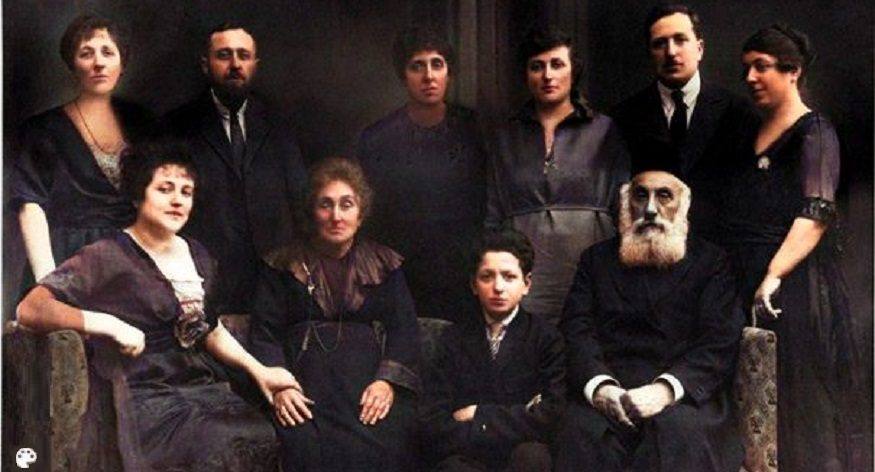

Buried amongst her grandmother’s papers, in an envelope labeled “DO NOT OPEN,” Marysia Galbraith — an anthropologist from Alabama — discovered a shocking clue that would lead her to uncover a chilling secret about her family.
Tucked inside the envelope was a photo of her grandmother with her siblings and parents, taken around the time of World War I. “I recognized my grandmother right away,” Marysia explains. “The beautiful, bold, coquettish woman on the bottom left. She gripped her mother’s hand, wore an elegant short dress and high heels. By contrast, her father’s bushy white beard, cap, and long jacket left no doubt about the family secret. They were Jewish.”
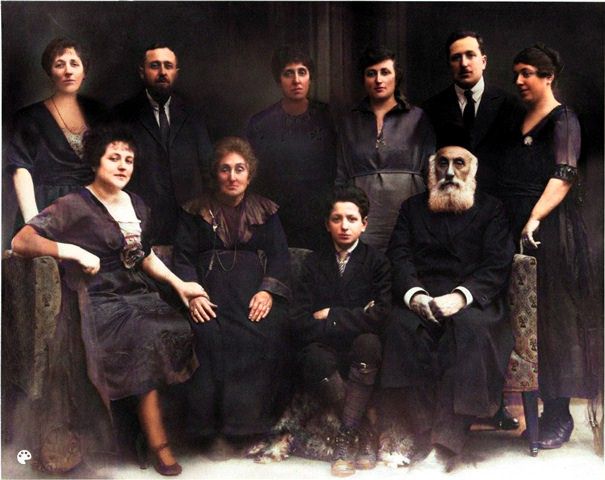

This photograph would lead Marysia to the story of a family torn apart in the aftermath of World War II: estranged through forbidden love, bonded again when one sister risked her life to rescue her family, and ultimately distanced once more by the pain and trauma of the Holocaust. The photo would also lead Marysia to close the circle and bring that family back together again.
This week marks the 75th Anniversary of the liberation of many of the Nazi concentration camps. The liberation of the camps was the turning point at which survivors were able to begin to process what had just happened to them, and try to find a way to restart their lives. For some, it would take a short time to learn what remained of their families and property and to reunite with loved ones. But for many others, it would take years — sometimes decades — to fully understand what had happened and locate the surviving members of their families. Sometimes, as in Marysia’s case, it even took more than one generation.
Armed with the photograph, Marysia got to work searching for her extended family on MyHeritage. She knew bits and pieces and had some names she could search for. To her excitement, she came across a family tree that matched up with many of the details she had. She messaged the owner — Pini Doron, 74, from Hod Hasharon, Israel — to share the news that she thought they were related.
Pini will never forget the day he received that email from Marysia. He’d been researching his family history for years, and managed to build a family tree on MyHeritage extending back to 1800 thanks to records and documents he found on MyHeritage. At first, he was skeptical, but when he asked Marysia how they might be related, she sent him the photograph her grandmother had left her. When he saw the photo, he rubbed his eyes in disbelief: it was the exact same black and white image of his family that he had in his possession, a family photograph taken in Poland during World War I.
He replied to Marysia: “Welcome to the family.”
Marysia and Pini were then able to piece together the full story of their family.
An estranged sister rescues her family — and is rescued in return
The Piwko family had its roots in the town of Włocławek, Poland. At the outbreak of World War II, Rachel (nee Piwko) and Pinchas Kolski — Pini’s grandparents — lived with their 2 children, Mirka and Samek. Three sons, including Naftali — Pini’s father — were sent to Palestine before the war to work the family land in the village of Atta, and thus survived.
When the Germans invaded the city, the Jews of Wloclawek were deported to the Warsaw ghetto. “They were transferred to the Warsaw ghetto right at the beginning of the war, around 1940,” Pini says. “There, in the ghetto, Samek was murdered, and shortly thereafter, my grandfather fell ill and died in the ghetto. Grandma Rachel and her daughter Mirka were left alone looking for a way to escape.”


But not all of Rachel’s family was forced to endure the horrors of the ghetto. Rachel’s sister, Halina, had met and married a Christian man, Zygmunt Breda, and assumed a new Christian identity. Halina’s parents at the time opposed the marriage — but in retrospect, it was that marriage that saved her life and the lives of her sister and niece.
Though Halina tried to stay in touch with her sisters and family, it was difficult, as her father disapproved of her marriage to Zygmunt and disconnected her from the family.
When Halina told Zygmunt that her sister and daughter were living in the Warsaw Ghetto and were in danger, he decided to go to their rescue despite the risk involved. “Zygmunt was very successful in real estate, which meant that he had many connections that could open doors which were closed to others,” explains Marysia.
“He used these ties to forge documents for Rachel and her daughter, and they managed to slip out of the ghetto.”
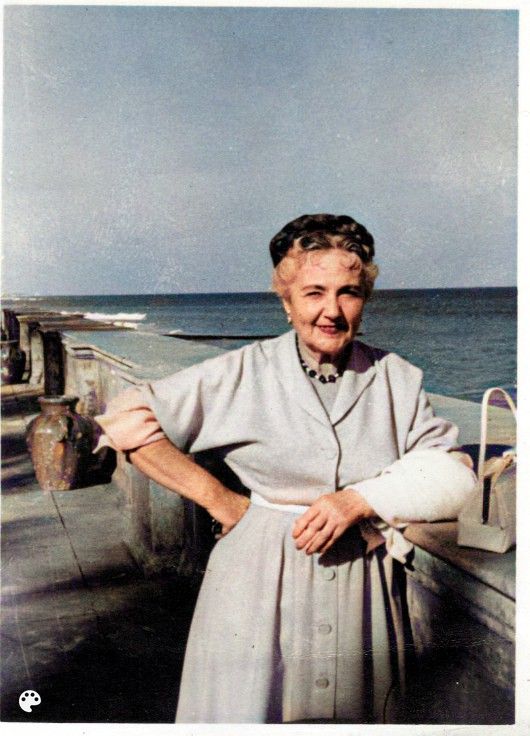
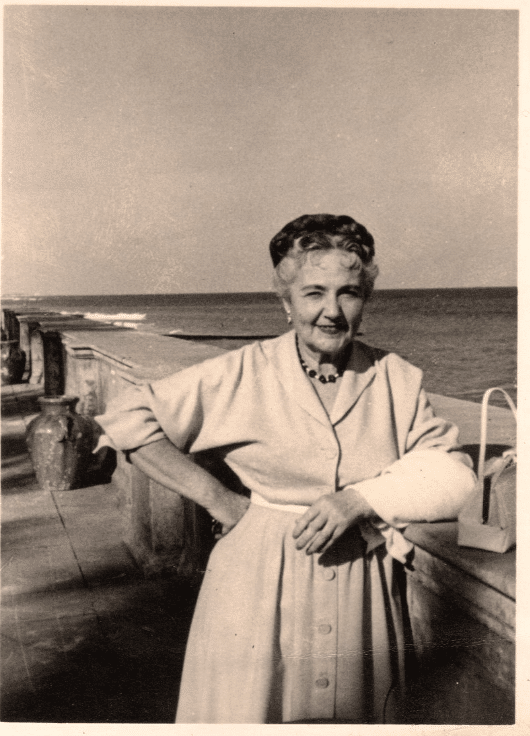
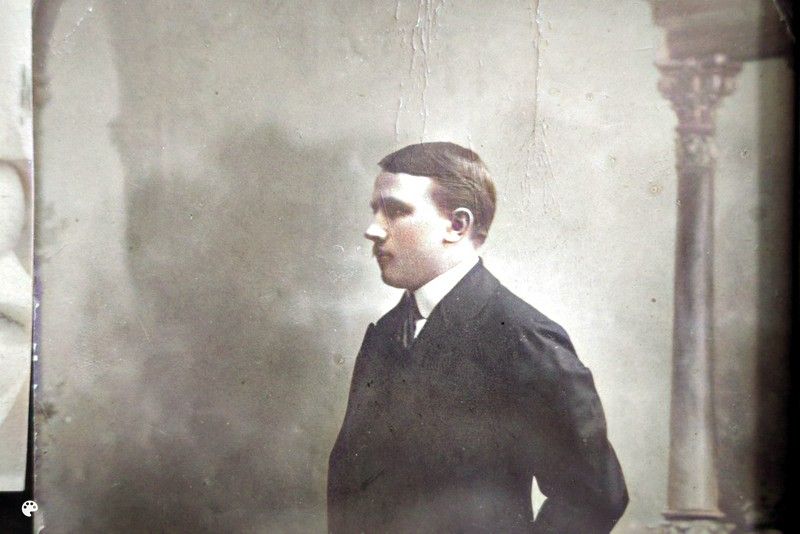

Zygmunt and Halina were able to hide Rachel and her daughter in some of the real estate they owned. They were also able to forge documents that allowed them to leave Poland for Switzerland, and by 1949, the two were able to escape to Israel.
At the end of the war, Warsaw was completely destroyed. The many properties that Zygmunt owned and the success he had enjoyed went up in smoke with the rest of the city. There was incalculable damage to his assets, and he and Halina had no place to live.
Samek’s ex-wife was able to come to their aid.
A secret Jewish past
Though Marysia had guessed that she had some Jewish roots, based on bits and pieces of conversations, her family never really discussed this at length.
Marysia doesn’t know exactly why, nor why they didn’t maintain contact with Rachel. “I believe the trauma of the Holocaust left a deep scar in my grandmother,” she says, “which made her prefer to bury her Jewish identity deep inside her. ‘If we don’t talk about it, it doesn’t exist.’ That may also be the reason they didn’t keep in touch with Rachel and her descendants in Israel.”
After nearly 70 years of disconnection, and thanks to this one surviving memento of her grandmother’s hidden Jewish past, Marysia was able to connect with her grandmother’s family once again.
MyHeritage provided her with the platform to connect with her relatives in Israel and build her family tree. Her research unearthed a deep interest in her past and has led her to start her own blog, Uncovering Jewish Heritage, where she explores stories of others who were in situations similar to hers who are just now discovering their pre-war Jewish roots.
Since their family connection was discovered, Pini and Marysia keep in touch, and they have also met in Israel and in Poland together with other family members. They are so proud that fate — and their genealogy efforts — have finally brought them together.
“I’m proud to be part of this large extended family,” says Marysia. “It feels like a tremendous gift. That we survived, that we thrived. I don’t take for granted how fortunate we are for that. For so many families, there is no one left, just the scattered fragments of lives lost.”

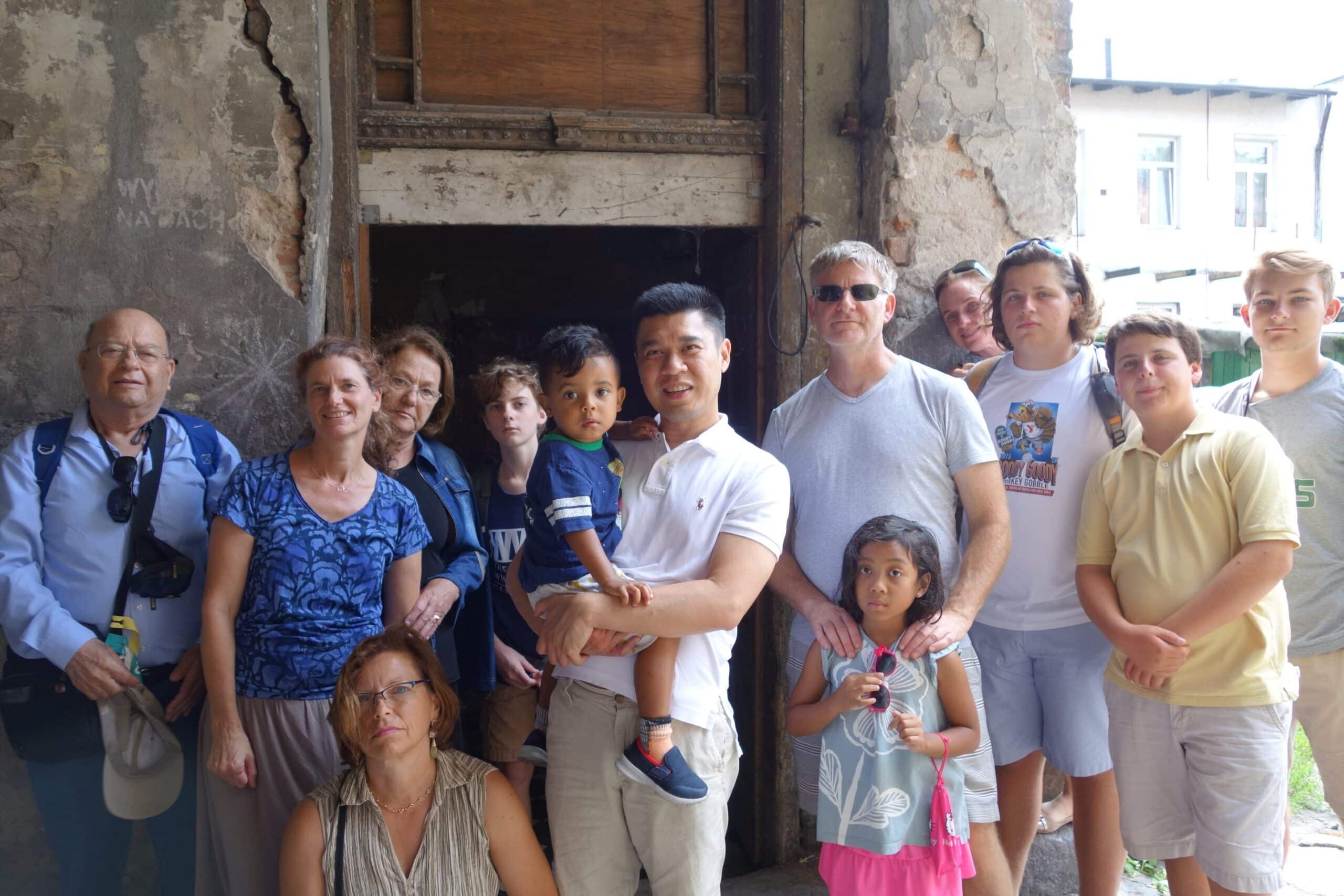


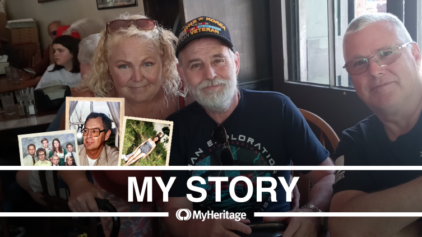
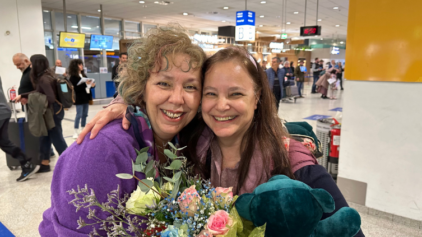
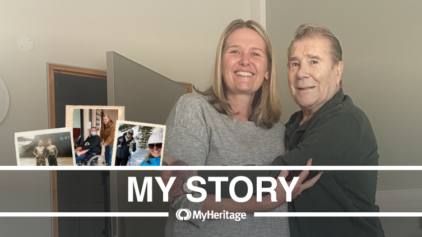
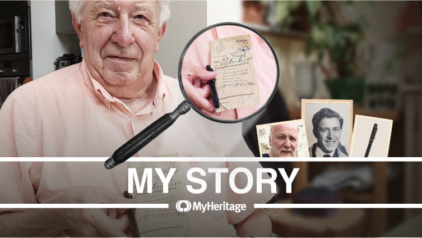
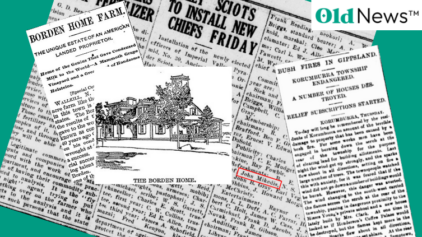

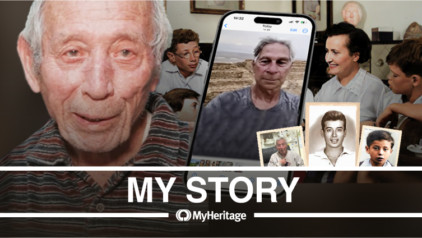

Mary Covitz
May 4, 2020
This story touched me because my beloved father was also from Wloclawek. He was 1 of 7 children and as far as we know, the only family member to survive. I would love to talk to you about myheritage and how to use it. Thank you, Regards, Mary Zemelman Covitz